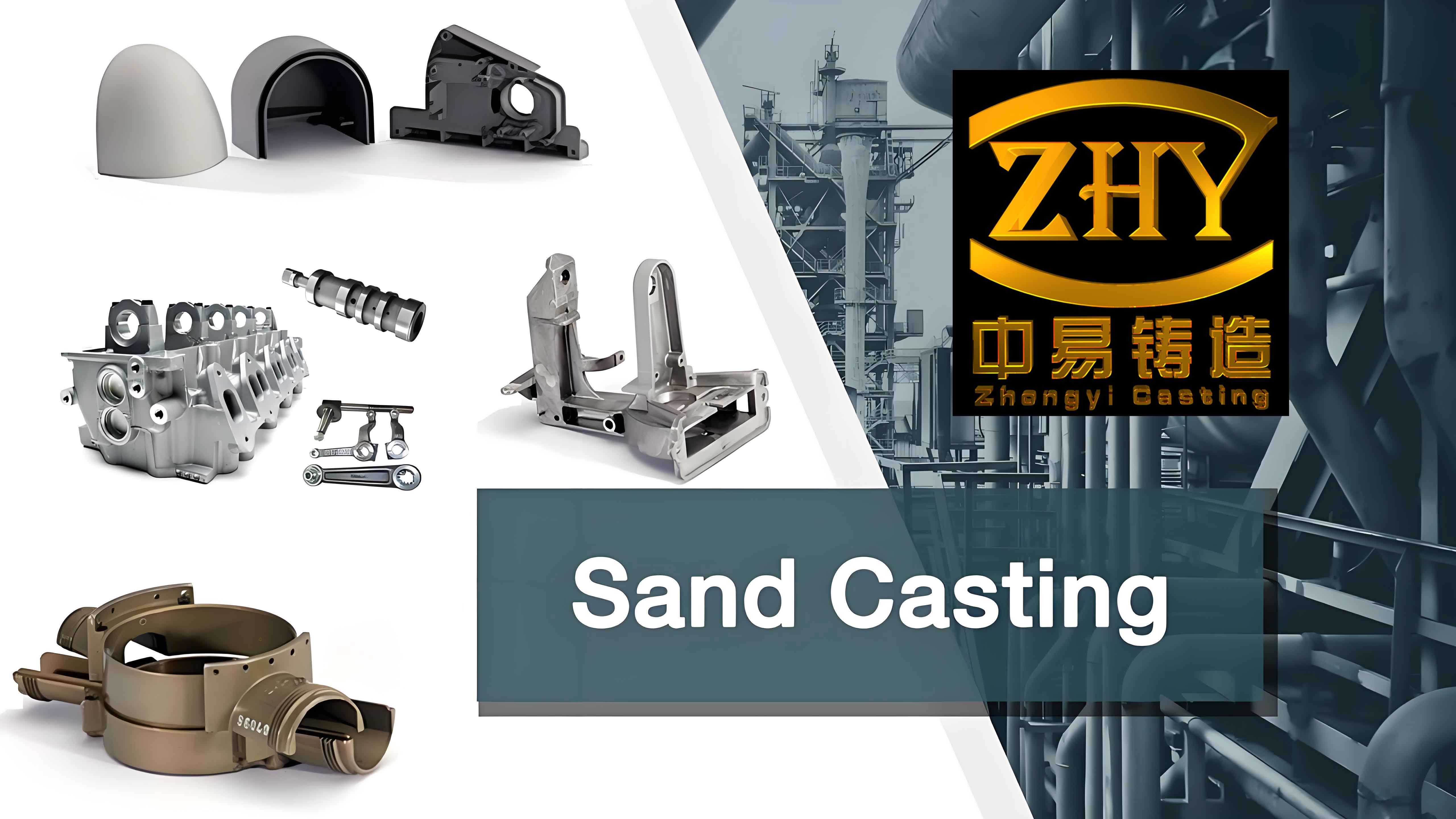
The energy industry plays a vital role in powering our modern world, and within this sector, sand casting parts have emerged as indispensable components of various equipment. This article explores the significance, applications, and characteristics of sand casting parts in the context of the energy industry.
Introduction
The energy industry encompasses a wide range of operations, from power generation to transmission and distribution. The equipment used in these processes requires components that are not only reliable but also capable of withstanding harsh operating conditions. Sand casting parts offer unique advantages that make them well-suited for this demanding field.
The Importance of Sand Casting Parts in the Energy Industry
- Customization and Complex Geometries
Sand casting allows for the creation of parts with complex shapes and geometries that are often difficult to achieve through other manufacturing methods. This enables the design of energy equipment with optimal performance and functionality. - High Strength and Durability
The materials used in sand casting, combined with the casting process itself, result in parts that possess high strength and durability. This is crucial for equipment that operates under high pressures, temperatures, and mechanical loads. - Cost-Effectiveness in Large-Scale Production
When producing components in large quantities, sand casting can offer cost advantages compared to some other manufacturing processes, making it a viable option for the energy industry where economies of scale are often important.
Applications of Sand Casting Parts in Different Energy Sectors
- Power Generation
- Turbine Components
- Blades
- Casings
- Generator Parts
- Rotors
- Stators
- Turbine Components
- Oil and Gas
- Pipeline Fittings
- Valve Bodies
- Renewable Energy
- Wind Turbine Components
- Hubs
- Nacelles
- Solar Energy Equipment
- Mounting Structures
- Wind Turbine Components
Characteristics and Properties of Sand Casting Parts for Energy Industry Use
- Material Selection
- Steel Alloys
- Offering high strength and corrosion resistance.
- Aluminum Alloys
- Lightweight and suitable for certain applications.
- Steel Alloys
- Surface Finish and Treatments
- Machining and polishing for improved surface smoothness.
- Coatings for enhanced corrosion and wear resistance.
- Dimensional Accuracy and Tolerances
- Meeting strict industry standards to ensure proper fit and functionality.
Quality Control Measures for Sand Casting Parts in the Energy Industry
- Inspection and Testing
- Visual Inspection
- Checking for surface defects.
- Non-Destructive Testing (NDT)
- Ultrasonic Testing
- Radiographic Inspection
- Visual Inspection
- Process Monitoring
- Monitoring of metal pouring temperature and flow rate.
- Control of mold curing and cooling processes.
- Traceability and Documentation
- Maintaining detailed records of the production process for quality assurance and traceability.
List of Common Sand Casting Parts in Energy Industry Equipment
- Cylinder Heads for Gas Engines
- Impellers for Hydroelectric Turbines
- Heat Exchanger Components
Tables Comparing Sand Casting with Other Manufacturing Processes for Energy Parts
| Manufacturing Process | Advantages | Disadvantages | Suitable Applications in Energy Industry |
|---|---|---|---|
| Sand Casting | Complex geometries, cost-effective for large volumes | Longer lead times, lower surface finish | Heavy-duty components, large-scale production |
| Machining | High precision, good surface finish | Limited to simpler shapes, material waste | Small, high-precision parts |
| Forging | Superior mechanical properties | High tooling costs | Critical load-bearing components |
Case Studies Illustrating the Use of Sand Casting Parts in Energy Industry
Case Study 1: A Wind Farm Project
The use of sand casted hubs and nacelles in wind turbines resulted in improved structural integrity and reduced maintenance costs over the turbine’s lifespan.
Case Study 2: A Gas-Fired Power Plant
Sand casted turbine blades and casings provided efficient power generation and withstood the high temperatures and pressures of the operation.
Challenges and Future Trends in Sand Casting for the Energy Industry
- Challenges
- Stringent environmental regulations.
- Demands for higher efficiency and performance.
- Future Trends
- Advanced simulation and modeling for process optimization.
- Development of new alloys and materials.
Conclusion
Sand casting parts have proven to be a key component in the energy industry equipment, providing essential performance, reliability, and cost-effectiveness. Continual improvements in technology and quality control will ensure their continued importance in meeting the evolving needs of the energy sector.
It is essential for manufacturers and engineers in the energy industry to collaborate closely to optimize the design and production of sand casting parts, thereby contributing to the efficient and sustainable operation of energy systems worldwide.
